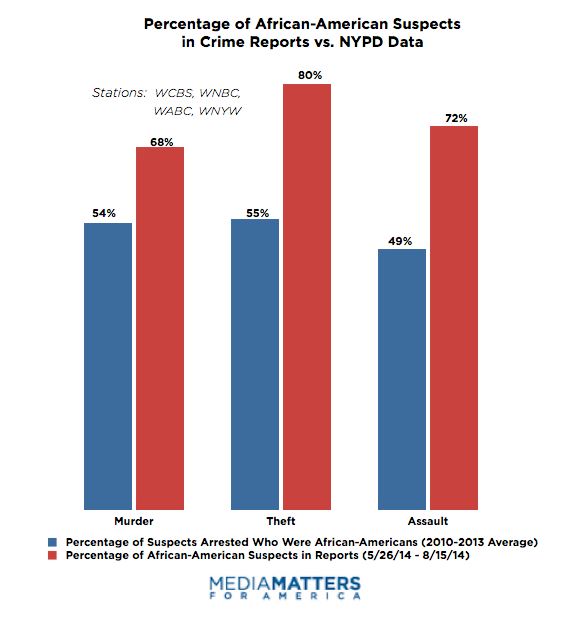
SES Impacts the Lives of Many Ethnic and Racial Minorities Discrimination and Marginalizationĭiscrimination and marginalization can serve as a hindrance to upward mobility for ethnic and racial minorities seeking to escape poverty. It is important to understand how various social statuses intersect, because race and socioeconomic status affect health exclusively as well as mutually (Williams & Mohammed, 2013). These health disparities reflect the inequalities that exist in our society. Research indicates that there are large health disparities based on social status that are pervasive and persistent. These communities commonly share characteristics: low economic development poor health conditions and low levels of educational attainment Low SES has consistently been implicated as a risk factor for many of these problems that plague communities. Furthermore, communities are often segregated by SES, race, and ethnicity. Research has shown that race and ethnicity in terms of stratification often determine a person’s socioeconomic status (U.S. The relationship between SES, race and ethnicity is intimately intertwined.

Society benefits from an increased focus on the foundations of socioeconomic inequities and efforts to reduce the deep gaps in socioeconomic status in the United States and abroad. Inequities in health distribution, resource distribution, and quality of life are increasing in the United States and globally. Low SES and its correlates, such as lower educational achievement, poverty and poor health, ultimately affect our society. SES affects overall human functioning, including our physical and mental health.


Thus, SES is relevant to all realms of behavioral and social science, including research, practice, education and advocacy. Further, SES is a consistent and reliable predictor of a vast array of outcomes across the life span, including physical and psychological health. Poverty, specifically, is not a single factor but rather is characterized by multiple physical and psychosocial stressors. Socioeconomic status can encompass quality of life attributes as well as the opportunities and privileges afforded to people within society. Socioeconomic status (SES) encompasses not just income but also educational attainment, financial security, and subjective perceptions of social status and social class.


 0 kommentar(er)
0 kommentar(er)
